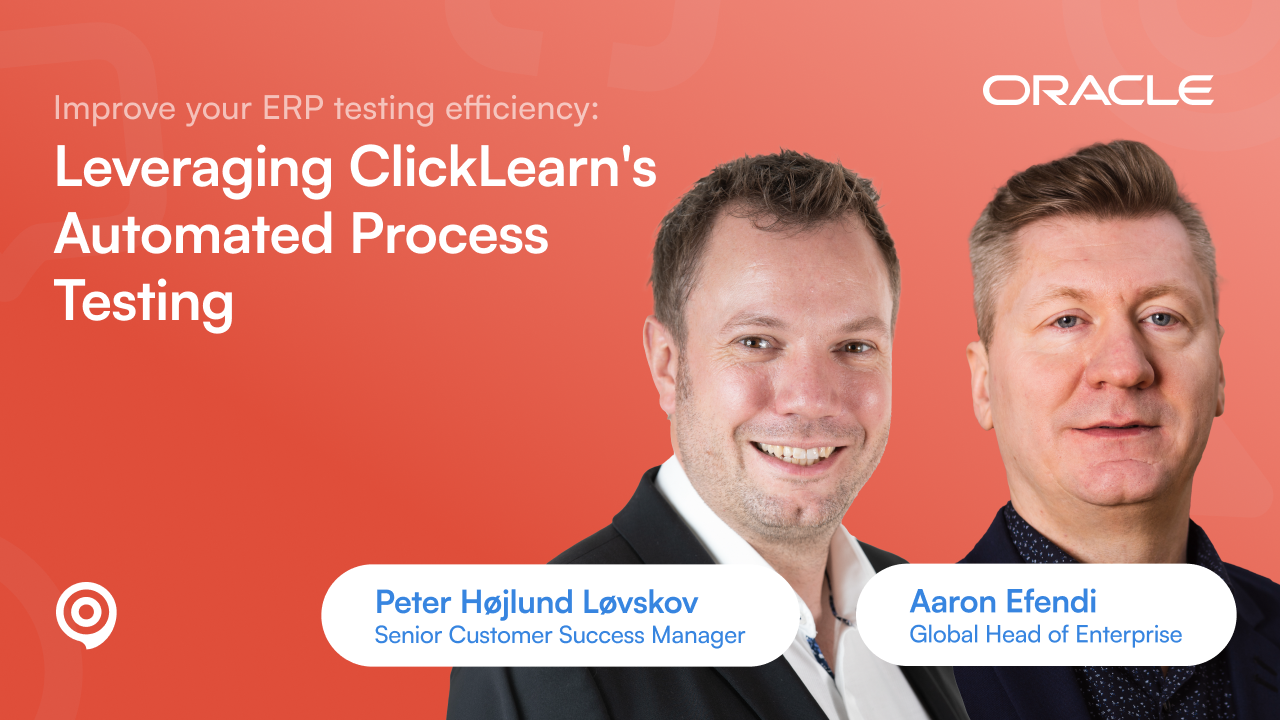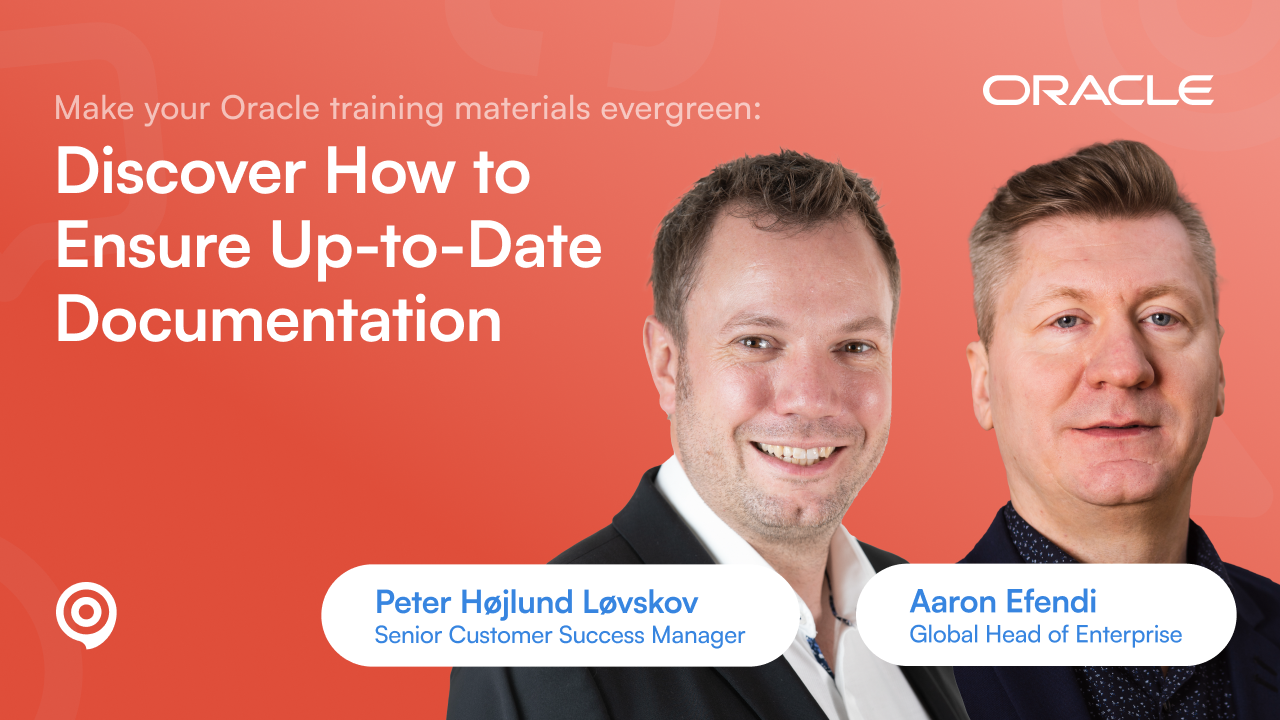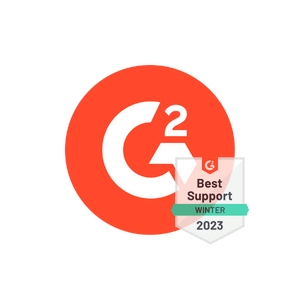Key Takeaways
Focusing on Oracle adoption is crucial for maximizing the return on investment from platforms like Oracle ERP Cloud and Oracle Cloud HCM. Effective adoption ensures that employees can navigate complex processes confidently, reducing errors, improving compliance, and ultimately accelerating business value. However, organizations often face significant challenges including complex user interfaces, resistance to change, ineffective training, frequent product updates, and high support loads. Without addressing these human and process barriers, the potential of Oracle systems remains underutilized, leading to stalled projects and increased support costs.
To enhance Oracle adoption, organizations should take the following steps:
Action Items
- Prioritize high-impact processes that generate the most support tickets or compliance risks.
- Pilot UXP before a full-scale rollout to measure adoption KPIs and refine the approach.
- Leverage automation to keep training content updated with Oracle’s quarterly releases.
- Integrate UXP into employee onboarding for immediate, hands-on guidance.
- Continuously track performance metrics to assess and improve adoption outcomes.
- Clearly communicate the benefits of Oracle to reduce user resistance.
- Involve business champions to promote adoption within departments.
- Tailor guidance based on user roles to prevent information overload.
- Encourage a culture
Why focus on Oracle adoption?
Focusing on Oracle adoption ensures your organization gets the full return on investment from platforms like Oracle ERP Cloud and Oracle Cloud HCM. Without strong adoption, users struggle with complex processes, support costs rise, and critical workflows slow down. Effective adoption helps employees work confidently, reduces errors, improves compliance, and accelerates business value.
Overview of Oracle adoption challenges
Rolling out Oracle ERP Cloud, Oracle Cloud HCM, or Oracle Analytics is a significant undertaking. The promise is clear: streamlined processes, improved decision-making, and enterprise-wide efficiency. Yet many organizations discover that technology isn’t the hardest part – people are.
Even the most powerful Oracle system can underperform if users resist or misuse it. Let’s look at the most common adoption challenges organizations face:
1. Complex user interfaces
Oracle applications are designed for depth and configurability. But for new or occasional users, that richness can feel overwhelming. A simple task like approving an expense report or generating a workforce report often involves navigating multiple screens, fields, and menus. Without guidance, employees may avoid using the system altogether, creating shadow processes in spreadsheets and emails.
2. Resistance to change
Humans naturally cling to familiar workflows. Employees who have used legacy systems for years may see Oracle as “just another IT project” being forced on them. Without clear benefits and smooth onboarding, skepticism quickly turns into resistance. For IT and adoption managers, this means low engagement and incomplete rollouts.
3. Training gaps
Traditional training – whether classroom-based or via an LMS – often fails to stick. Users may leave training sessions feeling confident but forget critical steps once they’re back at their desks. Trainers then face the recurring frustration of re-teaching the same tasks, while IT support is flooded with “how-to” tickets.
4. Frequent product updates
Oracle’s cloud-first strategy means quarterly updates. Each release may bring new features, UI adjustments, or altered workflows. Training materials that were accurate in January can already be outdated by April. This cycle creates a training maintenance nightmare for trainers and adoption specialists.
5. High support loads
When users can’t figure out how to complete a task, they don’t wait – they call IT or HR. For IT managers, this translates into hundreds of support tickets per month, many covering repetitive, low-value queries like “Where do I find this field?” or “How do I run this report?” The cumulative support costs can quietly erode the ROI of the Oracle investment.
👉 In short: Oracle adoption often falters not because of technology, but because of the human and process challenges surrounding it. Recognizing these patterns is the first step to solving them.
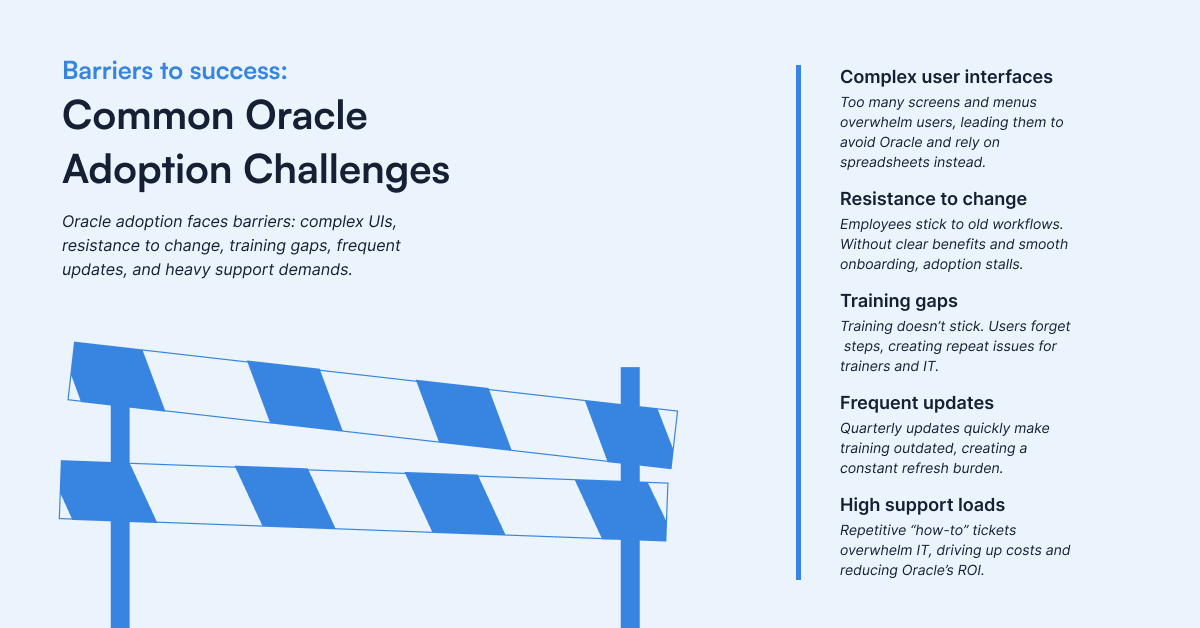
Understanding user adoption in Oracle
The significance of effective Oracle adoption
Implementing Oracle is not just a technology project – it’s an organizational change initiative. The business case for Oracle ERP Cloud, Oracle Cloud HCM, or Oracle Analytics often hinges on efficiency, compliance, and productivity gains. But those outcomes only materialize if people embrace the system.
- For IT managers, effective adoption means fewer support tickets, lower system resistance, and a faster ROI.
- For trainers, it means being able to deliver learning that sticks, rather than running repetitive refresher sessions.
- For business leaders, it means seeing measurable improvements in financial close cycles, workforce planning, procurement, or reporting accuracy.
When adoption is strong, enterprises unlock:
- Faster time-to-productivity for new hires and role changes
- Higher compliance with business-critical processes
- More reliable data for decision-making
When adoption fails, the consequences are significant:
- Projects stall. Go-live dates slip as business units struggle to adapt.
- Support costs balloon. IT and HR teams are pulled into low-value troubleshooting.
- Shadow systems emerge. Employees revert to spreadsheets and manual workarounds, creating compliance risks.
In other words, Oracle software delivers value only when people use it well and consistently.
Barriers to adoption
While the benefits of adoption are clear, several barriers consistently slow down progress:
- System complexity
Oracle applications are feature-rich, but the depth comes at the cost of user-friendliness. For example, a payroll administrator in Oracle HCM may need to navigate dozens of fields and configurations – without intuitive guidance, mistakes are almost inevitable. - Change resistance
Adoption is as much emotional as it is practical. Users may fear losing control, worry about errors, or feel the system was “forced” on them. Without adequate support, this resistance hardens into disengagement. - Training decay
Even effective training decays over time. Studies show learners forget up to 70% of what they learned within a week if they don’t apply it immediately. For Oracle users, this means training delivered at go-live may not be helpful months later. - Continuous updates
Quarterly updates from Oracle ensure innovation but disrupt adoption. Trainers must constantly refresh learning materials – an unsustainable burden without automation. - Fragmented User Journeys
Users are often forced to switch between applications, training portals, and knowledge bases just to complete a single task. This disjointed experience frustrates employees and undermines productivity.
👉 The bottom line: Adoption challenges are predictable, but they’re also solvable. The key is moving from one-off training events to continuous, in-the-flow-of-work support – and that’s exactly where ClickLearn’s User Experience Panel (UXP) adds value.
How to enhance Oracle adoption with ClickLearn’s User Experience Panel
Enterprises don’t just need training – they need a way to embed adoption directly into the daily workflow. This is the role of ClickLearn’s User Experience Panel (UXP).
UXP acts as a digital adoption layer that sits inside Oracle applications such as ERP Cloud, HCM, and Analytics. Instead of pulling users away from their work to consult manuals, attend refresher sessions, or log a support ticket, UXP delivers just-in-time, context-aware guidance exactly where and when users need it.
Think of it as a compass inside Oracle: no matter where a user is in the application, UXP knows the task they’re trying to complete and provides the right help in real time.
Key features relevant to Oracle adoption
- Real-time guidance
- UXP delivers step-by-step walkthroughs within Oracle ERP Cloud and Oracle HCM.
- Users get immediate, on-screen instructions for tasks such as entering supplier invoices, processing payroll, or generating workforce reports.
- This reduces reliance on memory or static documentation.
- UXP delivers step-by-step walkthroughs within Oracle ERP Cloud and Oracle HCM.
- Interactive learning in the flow of work
- UXP provides micro-learning content (short videos, tooltips, and contextual guidance) embedded in the Oracle interface.
- Users learn by doing, not by sitting through long sessions.
- Trainers can repurpose recordings into multiple formats, ensuring a consistent learning experience across the organization.
- UXP provides micro-learning content (short videos, tooltips, and contextual guidance) embedded in the Oracle interface.
- Automated content updates
- Oracle’s quarterly release cycle often creates a training backlog.
- With UXP, content generated by ClickLearn is automatically updated whenever Oracle screens or processes change.
- IT managers no longer need to manually refresh documentation or re-record training sessions.
- Oracle’s quarterly release cycle often creates a training backlog.
- Role- and context-aware help
- UXP understands the user’s role and context – whether they’re a finance analyst, HR manager, or procurement officer.
- The guidance delivered is tailored, reducing confusion and boosting confidence.
- UXP understands the user’s role and context – whether they’re a finance analyst, HR manager, or procurement officer.
- Seamless Oracle integration
- Designed to work within the Oracle interface, UXP doesn’t disrupt user journeys.
- Employees no longer need to toggle between applications or knowledge bases – they get answers in the moment.
- Designed to work within the Oracle interface, UXP doesn’t disrupt user journeys.
👉 With User Experience Panel, organizations move away from one-size-fits-all training toward personalized, always-current adoption support. For IT managers, this means fewer tickets. For trainers, it means materials that stay evergreen. For users, it means confidence and speed.
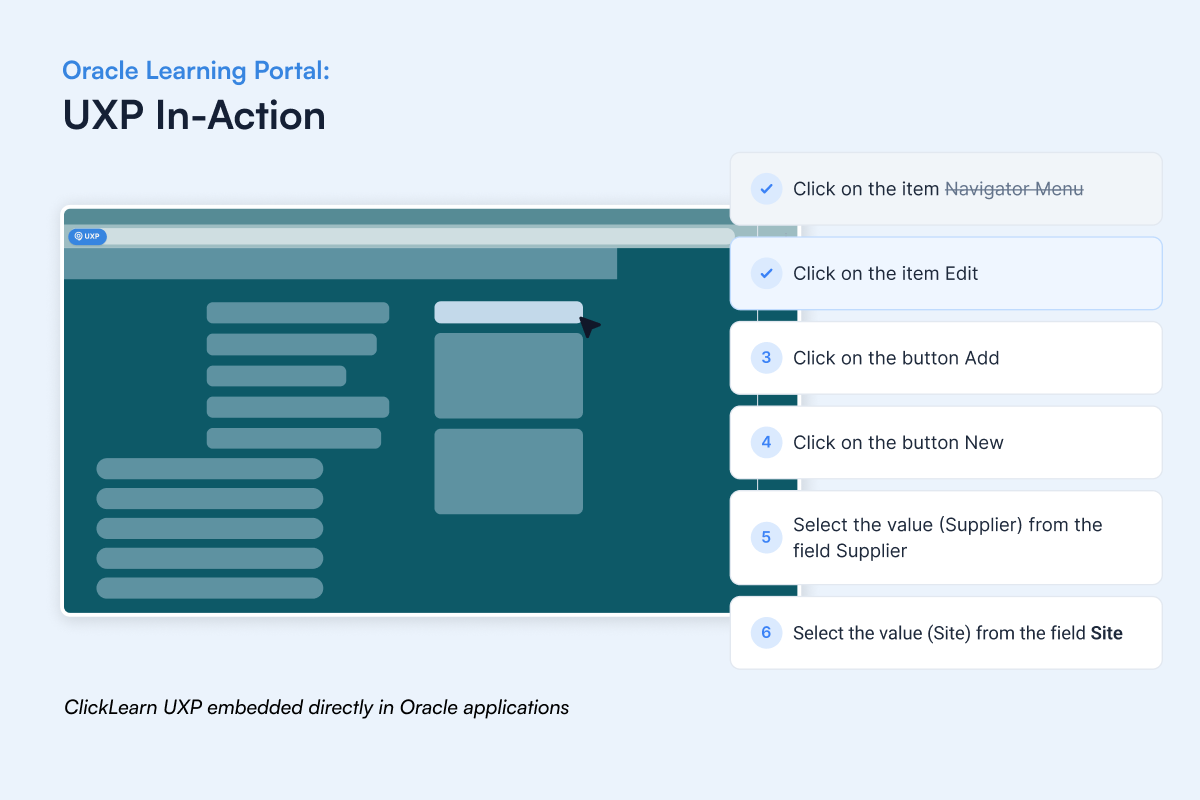
How ClickLearn's User Experience Panel facilitates better Oracle adoption
Interactive learning and real-time support
Traditional software training often stops at the classroom door or the LMS login page. But adoption doesn’t happen there – it happens in the moment of work, when a user is inside Oracle ERP Cloud, Oracle HCM, or Oracle Analytics, trying to complete a task.
This is where ClickLearn’s UXP makes a measurable difference.
1. Step-by-step walkthroughs in Oracle applications
- Imagine a new finance associate learning to process supplier invoices in Oracle ERP Cloud. Instead of searching through a manual or calling IT, they launch a UXP walkthrough directly on-screen.
- Each step is highlighted in real time inside the Oracle interface, guiding the user from start to finish.
- The result: tasks are completed correctly the first time, reducing errors and rework.
2. Real-time micro-learning moments
- A payroll administrator in Oracle Cloud HCM forgets how to adjust employee deductions.
- Instead of logging a ticket, UXP provides a 30-second contextual video embedded on the same screen.
- The user watches, applies the step immediately, and continues working without interruption.
This kind of micro-learning ensures knowledge sticks because it’s delivered at the exact moment of need.
3. Always-current guidance despite Oracle updates
- Oracle’s quarterly updates often change button locations, menu names, or process steps.
- With UXP, guidance is automatically updated as ClickLearn re-records and regenerates content whenever processes change.
- This prevents the frustration of following outdated instructions – a major pain point for trainers and users alike.
4. Role-based experiences
- A hiring manager, HR administrator, and recruiter all use Oracle Cloud HCM, but each performs different tasks.
- UXP detects the user’s role and delivers tailored guidance: onboarding flows for hiring managers, payroll process steps for HR admins, and candidate pipeline tips for recruiters.
- This personalization builds user confidence and reduces cognitive overload.
The bigger picture: From struggle to confidence
With UXP in place, organizations see a cultural shift:
- Users feel empowered – they don’t fear Oracle screens because help is always available.
- Trainers gain leverage – instead of repeating the same lessons, they can focus on higher-value coaching.
- IT managers see fewer tickets – freeing their teams to focus on strategic projects instead of routine support.
👉 In other words, UXP turns Oracle adoption from a one-time training challenge into a continuous, self-sustaining learning experience.
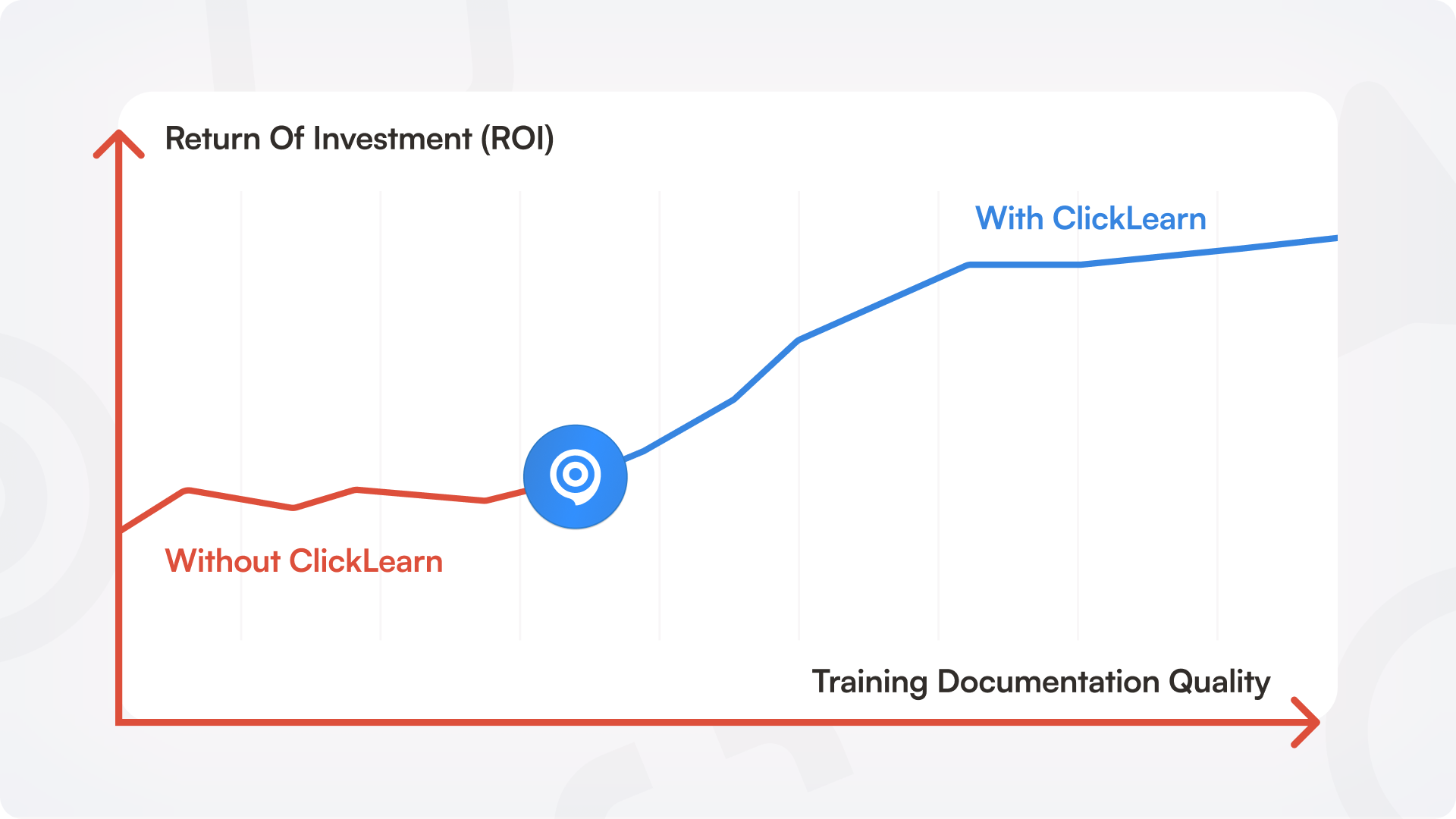
Top tips for successful Oracle adoption
To maximize success with Oracle and UXP, IT managers and adoption specialists should:
- Prioritize high-impact processes. Focus on workflows that generate the most tickets, errors, or compliance risks, such as payroll, month-end close, or purchase approvals.
- Pilot before scaling. Start with one department or business unit, measure adoption KPIs, and use results to refine your approach before a broader rollout.
- Leverage automation. Use ClickLearn to automatically refresh training content with each Oracle update, ensuring users always receive accurate guidance without extra manual work.
- Integrate with onboarding. Make UXP part of the employee onboarding journey so new hires gain hands-on, in-app guidance from their first day.
- Track performance continuously. Monitor metrics like time-to-productivity, ticket volume, error rates, and user satisfaction to measure and improve adoption outcomes.
- Communicate benefits clearly. Ensure employees understand how Oracle helps them in their roles. When users see personal value, resistance to change decreases significantly.
- Involve business champions. Identify power users or early adopters in each department who can act as ambassadors, answering questions and encouraging colleagues.
- Keep guidance role-specific. Tailor UXP experiences to user roles – finance staff should see different guidance than HR managers or procurement specialists – to avoid information overload.
- Encourage self-service learning. Promote UXP as the first place employees should go for help. This builds a culture of independence and reduces reliance on IT or trainers.
- Review and refine regularly. Adoption is an ongoing process. Revisit workflows every quarter, gather user feedback, and adjust guidance to keep pace with evolving business needs.
Resources
Upcoming Webinars
Resources
Upcoming Events

Acumatica Summit 2026
Explore more
Webinar
Oracle
Webinar
Oracle
Webinar
Oracle
Leverage AI in Oracle adoption today
Effective Oracle adoption is critical for achieving the ROI your business expects. Yet, without the right tools, training efforts often fall short.
ClickLearn’s User Experience Panel (UXP) bridges the gap between Oracle’s complexity and user confidence by delivering real-time, contextual guidance directly inside Oracle applications. The result: shorter learning curves, higher productivity, and sustainable adoption that keeps pace with Oracle’s continuous updates.
Ready to transform your Oracle adoption strategy? Explore ClickLearn’s UXP solutions and see how in-app guidance can accelerate user adoption across Oracle ERP Cloud, Oracle Cloud HCM, and beyond.
🎯 Want to see ClickLearn in action?
If you’re planning an Oracle rollout – or any enterprise system launch – book a demo with Mark and discover how ClickLearn can streamline training, documentation, and user adoption at scale.
See how ClickLearn works in your Oracle
8 Videos (27m)
-
1. Simplify how end-users connect with content 6:22
-
2. Master education within the flow of work 3:00
-
3. Craft training material in just a few clicks 2:39
-
4. Create training materials for diverse user needs 2:47
-
5. Keep training materials evergreen 4:02
-
6. Translate content into 45+ languages 4:20
-
7. Gain insights into user engagement and progress 2:49
-
8. Maintain brand consistency across all training materials 1:33
1. Simplify how end-users connect with content
Discover how ClickLearn centralizes training materials for easy access
FAQ on Oracle adoption
Oracle adoption ensures that employees use platforms like Oracle ERP Cloud and Oracle Cloud HCM effectively. Without strong adoption, organizations face higher support costs, lower productivity, and slower return on investment.
The most common challenges include complex user interfaces, resistance to change, limited training retention, frequent Oracle updates, and heavy support ticket loads.
UXP embeds real-time, in-app guidance directly inside Oracle applications. It provides step-by-step walkthroughs, contextual help, and automated updates to ensure users always have accurate instructions.
UXP can be embedded across multiple Oracle solutions, including Oracle ERP Cloud, Oracle Cloud HCM, and Oracle Analytics, making it easier for users to learn and complete tasks correctly.
By giving users immediate, role-based guidance inside Oracle, UXP reduces reliance on classroom training and lowers repetitive support tickets. Content also updates automatically, saving trainers significant time.
Start with a pilot in one department, track adoption KPIs like time-to-productivity and support ticket volume, then expand gradually across the organization.

